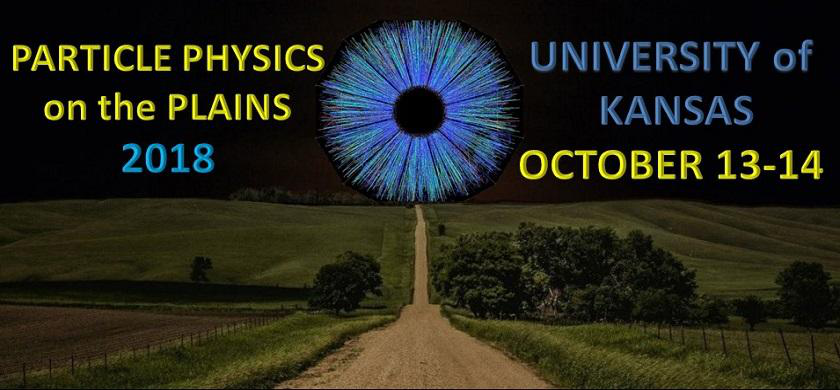Speaker
Description
Supersymmetric models are subject both to direct constraints from collider searches and to indirect limits from electroweak observables such as the Higgs mass and flavor-changing processes. A minimal scenario consistent with current experimental data suggests a supersymmetric spectrum with a split sfermion sector. Such a spectrum can naturally be realized when supersymmetry is broken in a warped geometry where the sfermion spectrum is related to the Standard Model fermion mass spectrum. We present a supersymmetric model constructed in AdS$_5$ compactified over an orbifold that predicts a sfermion mass hierarchy that inverts the ordering of fermion mass hierarchy. Gauginos and Higgsinos are typically several TeV, while the third-generation sfermions are $\mathcal{O}(10)$ TeV, consistent with the observed 125 GeV Higgs mass. The first- and second-generation sfermions are above 100 TeV, ameliorating the flavor problem. The gravitino, in the keV to TeV mass range, is the LSP, providing a warm dark matter candidate. We explore the rich parameter space of the model and discuss the details of two benchmark sparticle spectra and their calculation.

